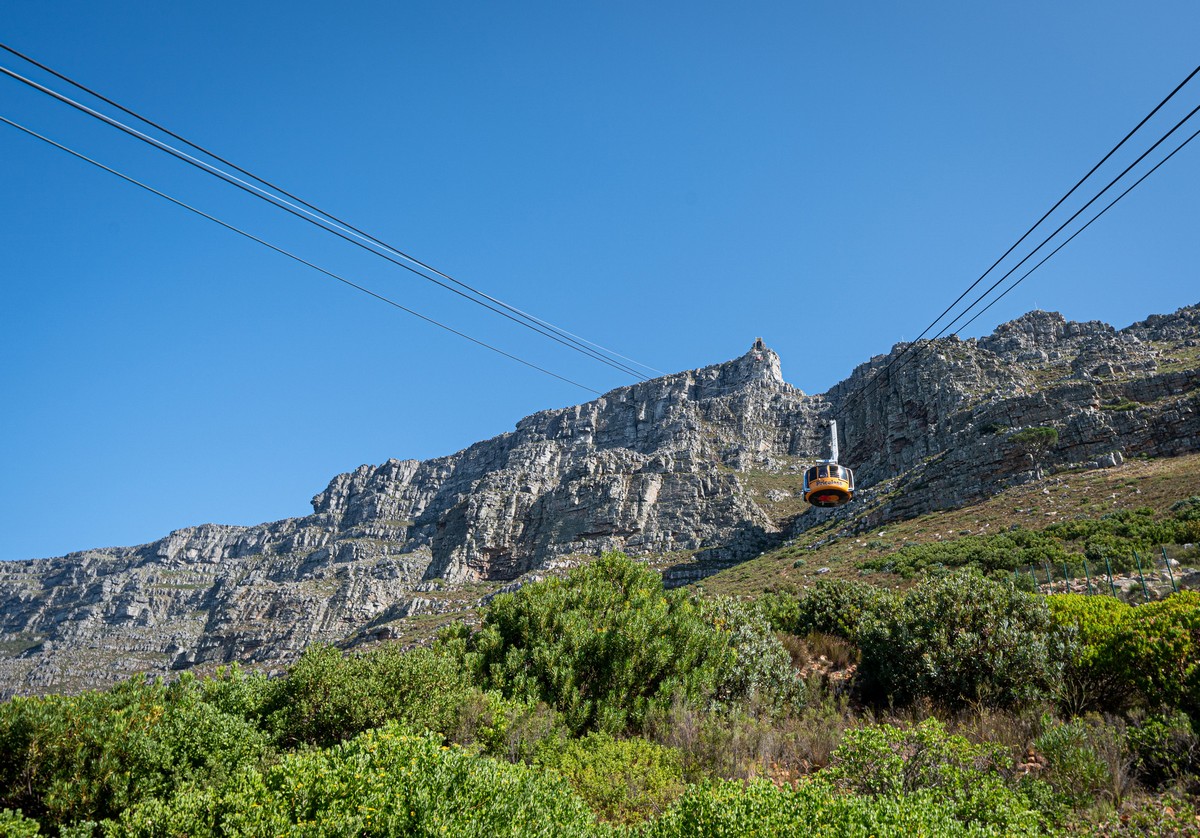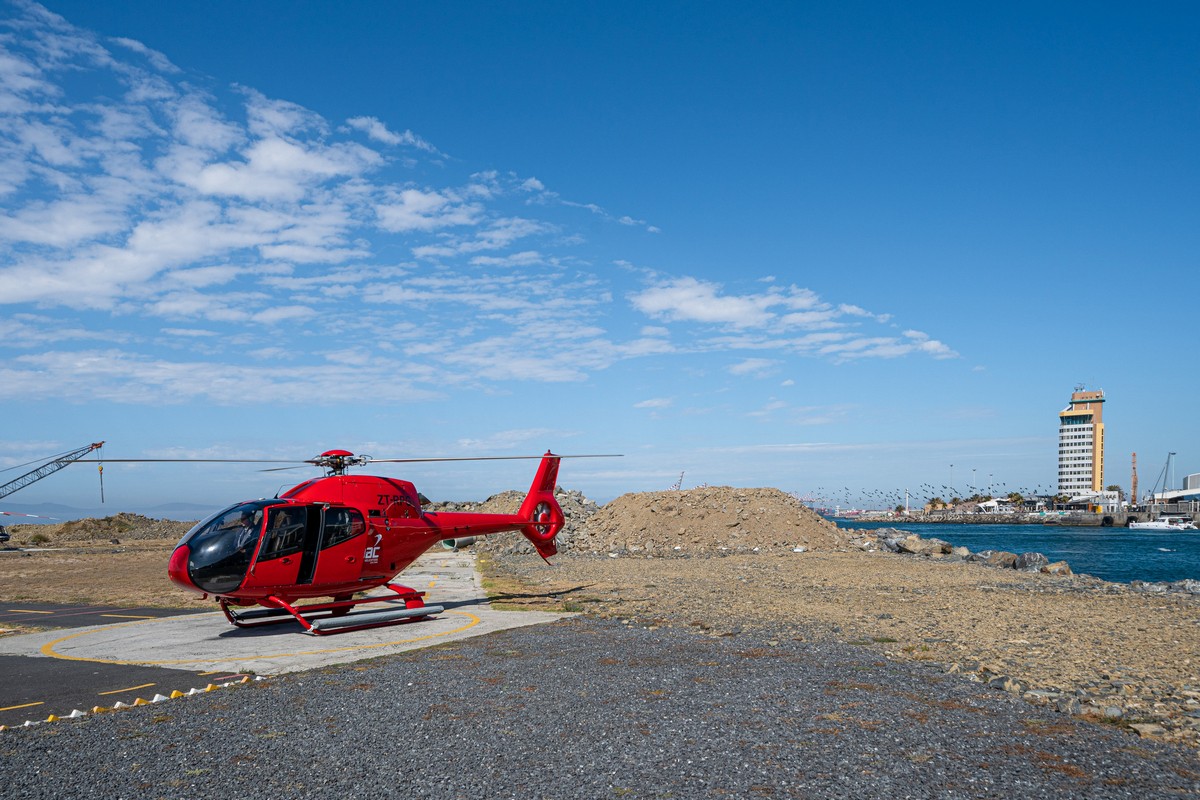April 28, 2020
Security Analyst Summit – start watching tonight – from your sofa!
As many of you will know, every year we organize the mega security conference called Security Analyst Summit in an interesting (at least sunny, often sandy) location. The event is something different for the industry – never dull, never boring, never format-following. We bring together big-name speakers and guests in an exclusive invite-only format to discuss the very latest – loudest – cybersecurity news, investigations, stories, curiosities and so on. No politics! Only professional discussion of cybersecurity – but lightly, relaxed, friendly… awesomely! And we do it so well SAS is becoming one of the most important conferences in the industry. By way of example, here’s my write-up on last year’s event – in Singapore.

Now, this year’s event – our 12th! – should have opened today, April 28, in sunny Barcelona. But of course – for obvious reasons, that’s just not happening (.
However, we felt that to cancel SAS would be giving in; we couldn’t just drop it this year: how would world cybersecurity cope?! Accordingly, we decided to premiere this year’s SAS online; and not only that but… – for free (!), and for everyone and anyone who wants a taste! Soooo – here’s introducing: SAS@Home, and it’s starting later today (11am Eastern; 8am PST, 4pm London, 6pm Moscow), so hurry up and register! More than a thousand folks have already registered, so it looks like the new format isn’t putting people off. We’ll just have to see how this first online SAS goes; maybe in the future we’ll have two running parallel – online and offline!

Here’s a quick overview of the schedule:


























